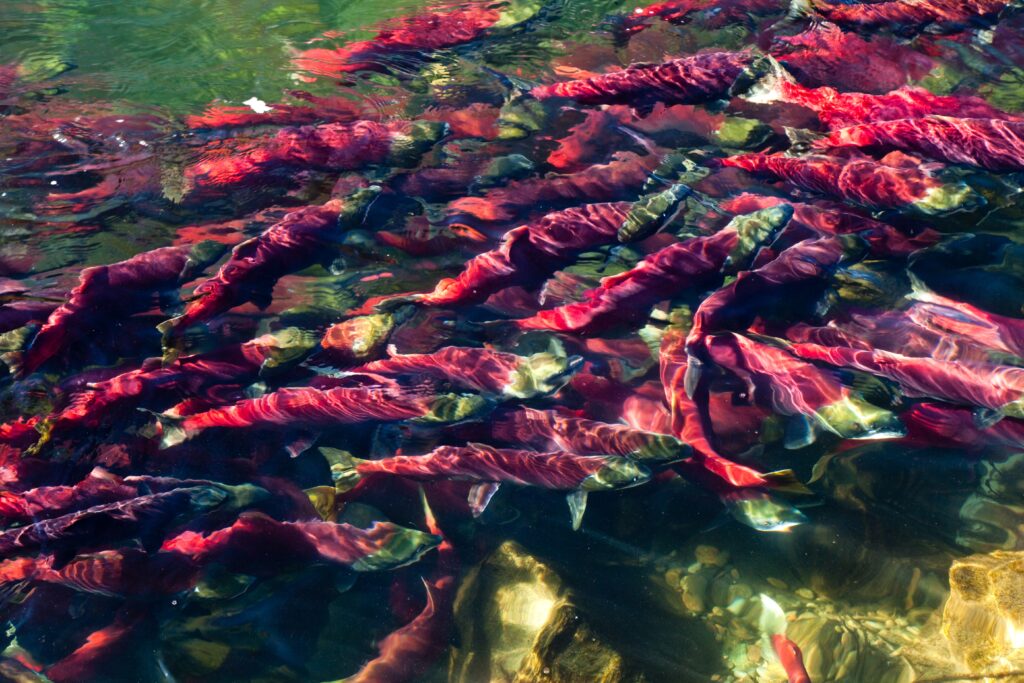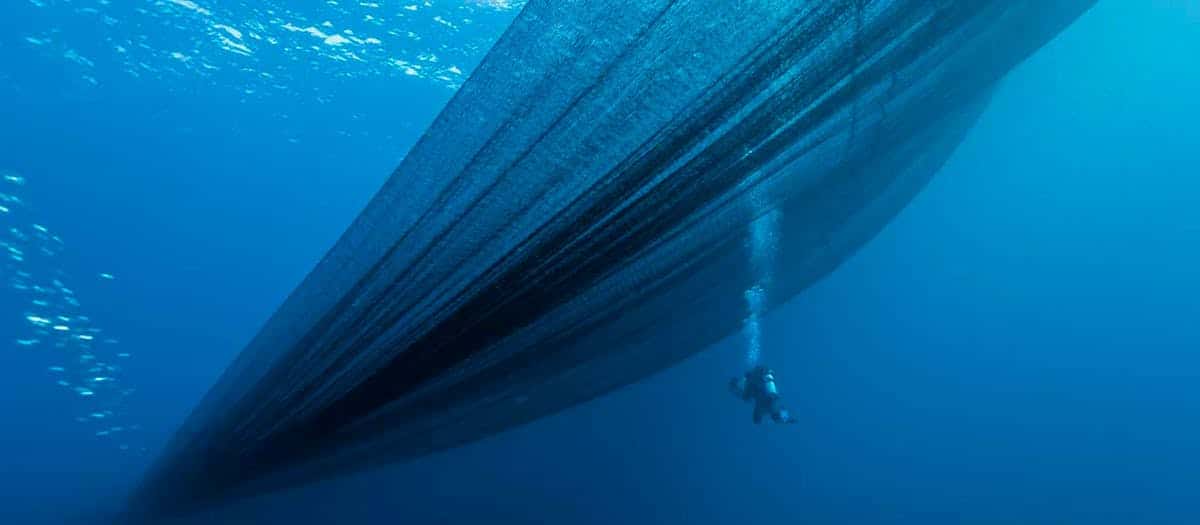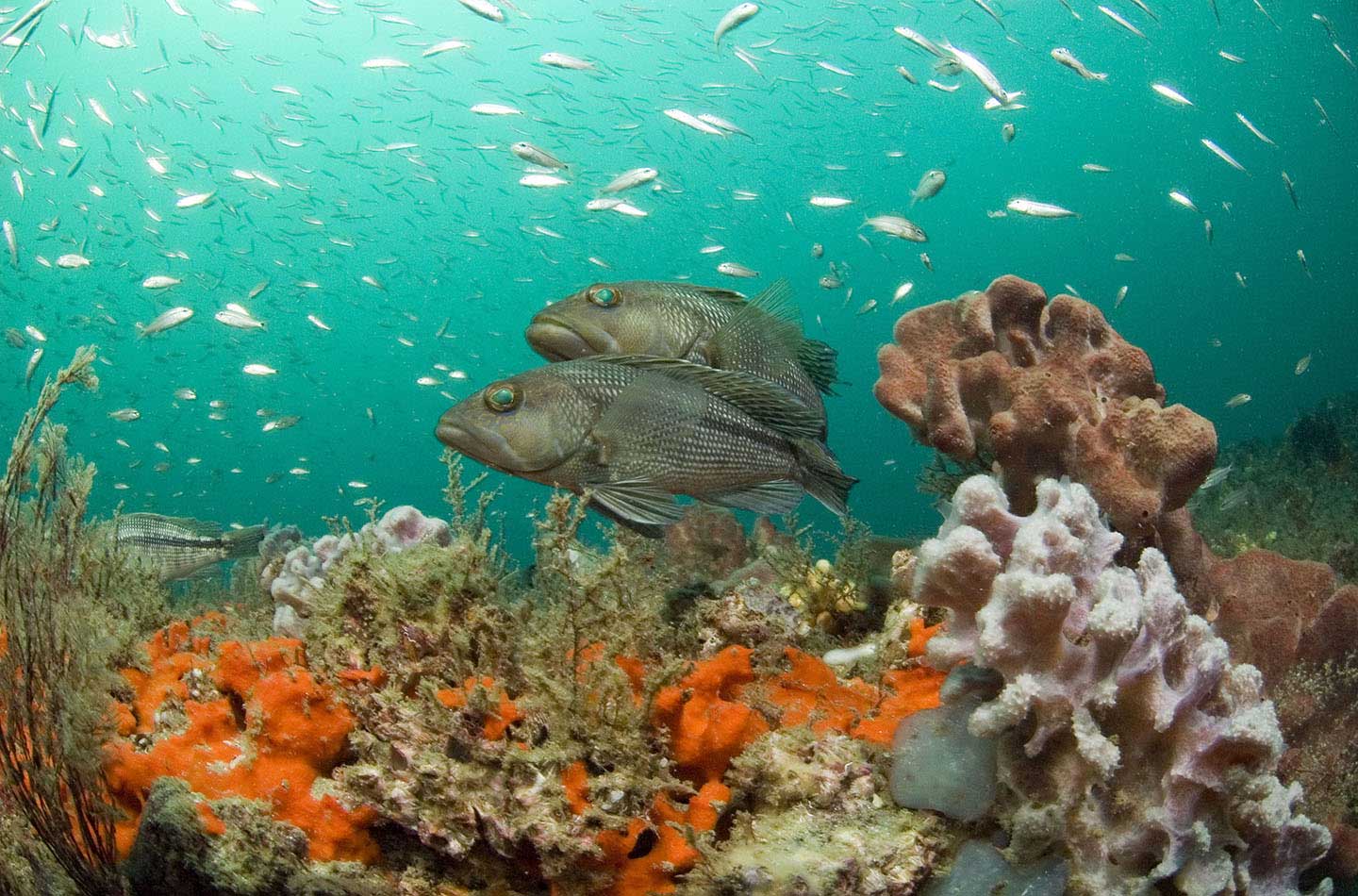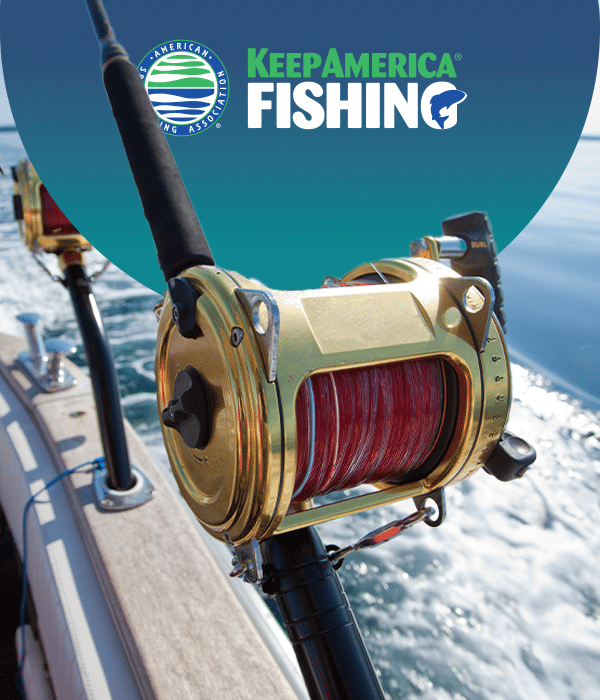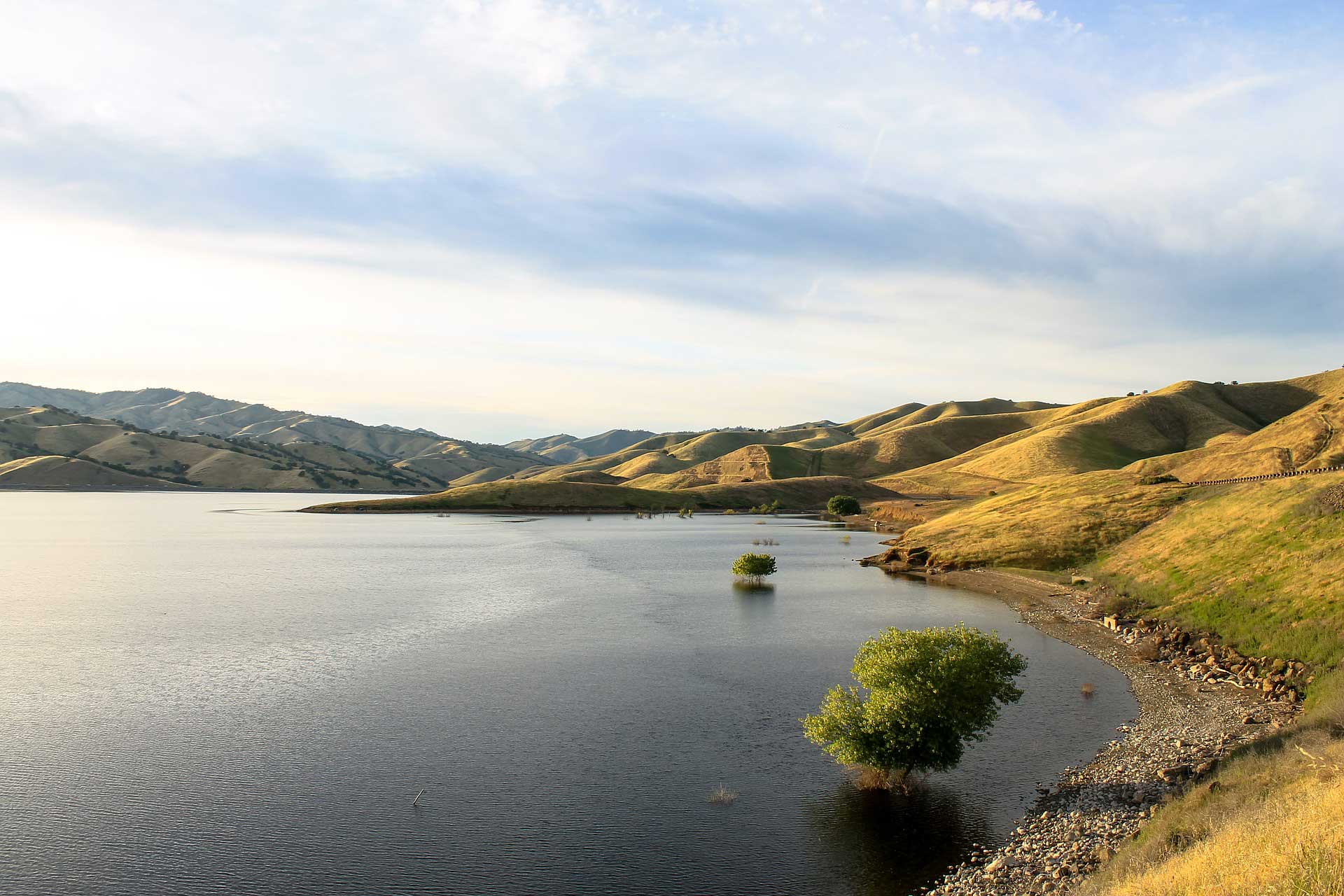Overview of the Issue
Aquatic Invasive Species (AIS) present one of the biggest threats to sportfishing. AIS can be found across the country, disrupting fisheries and undermining local economies. Key policy priorities include preventing the introduction of Asian carp into the Great Lakes, controlling established populations of AIS, and preventing the introduction of new AIS while protecting recreational access to water bodies.
WHAT ASA is doing
ASA staff work with congressional offices, fish and wildlife agencies, and partner organizations to advocate for policies that prevent the spread of aquatic invasive species. We’ve hosted briefings to educate members of Congress about AIS issues, advocated for legislation focused on AIS control, and presented on AIS during meetings of the Great Lakes Commission and the ANS Task Force. Here are a few examples of how we’re moving the needle on AIS management:
AIS Commission: Overlapping federal and state authorities, as well as gaps in policymaking, have undermined efforts to control AIS across state and national borders. As the economic impact of AIS grows, ASA alongside fishing, boating and conservation partners convened the AIS Commission to study comprehensive reforms to current AIS policy. Following scoping meetings and consultation with leading AIS researchers, biologists, policymakers, state and tribal leaders and pro anglers, the Commission published its report in 2023. ASA and partners are working to introduce legislation informed by the report’s findings to prevent the introduction and control the spread of AIS.
Water Resources Development Act of 2024: WRDA, reauthorized on a biannual basis, has been an important vehicle for addressing AIS during Army Corps of Engineers projects. To ensure protection against invasive species, ASA has advocated for several provisions that support programs addressing AIS in the Upper Mississippi River, prevent the spread of AIS in alpine lakes, and reauthorize the use of advanced technology to control invasive carp in the Tennessee, Cumberland, and Tombigbee Basins. President Biden signed WRDA 2024 into Law in December, and efforts are currently underway to carry out its provisions.
Brandon Road Interbasin Project: Through WRDA, ASA has also advocated to prevent the spread of invasive species from the Mississippi River Basin to the Great Lakes. In 2024, the project entered its construction phase, and workers began building a series of deterrent systems aiming to prevent Asian carp migration while maintaining river navigation functions. Recognizing the significant economic value of Great Lakes recreational fishing, ASA has long advocated for the development of invasive species deterrents at Brandon Road, as well as other efforts to control and prevent the spread of AIS in the Great Lakes.
Mississippi River Basin Fisheries Commission Act of 2025: The Mississippi River Basin is one of the largest watersheds in the world, flowing through 31 states and supporting 25% of North America’s fish species. However, invasive species continue to threaten the basin’s aquatic ecosystem, affecting treasured species like crappie and walleye in the process.
The Mississippi River Basin Fisheries Commission Act would create a formal, federally recognized commission to manage the Basin’s interjurisdictional fisheries. The bill would support states’ efforts to manage invasive species like Asian carp, while supporting coordinated efforts to address sportfish habitat degradation. Additionally, it would support projects focused on conservation and the removal of invasive species, while furthering collaboration between states along the basin.
Great Lakes Restoration Initiative: The Great Lakes have suffered significant damage from the spread of invasive species. Last century, the introduction of invasive sea lampreys caused major disruptions to sportfish like lake trout, salmon and walleye. More recently, invasive Asian carp have threatened to invade the Great Lakes through the Mississippi River Basin, posing potential obstacles to the region and its strong sportfishing economy.
By providing crucial funding to projects like invasive species control and habitat restoration, the Great Lakes Restoration Initiative Act is necessary to prevent further AIS damage. In support of this goal, the act allocates $500 million annually to sustain sea lamprey suppression efforts, while bolstering projects to restrict Asian carp entry into the Great Lakes and restoring habitats affected by AIS. ASA actively works with Congress to ensure this critical program is reauthorized and receives full funding each year.
What You Can Do
Clean, drain and dry your vessels and fishing equipment before entering a new body of water.
Properly dispose of unwanted bait, worms and fish parts in the trash.
Report sightings of invasive species to fisheries and waterways management authorities.
For more information, contact ASA’s Inland Fisheries Policy Manager, Connor Bevan.



